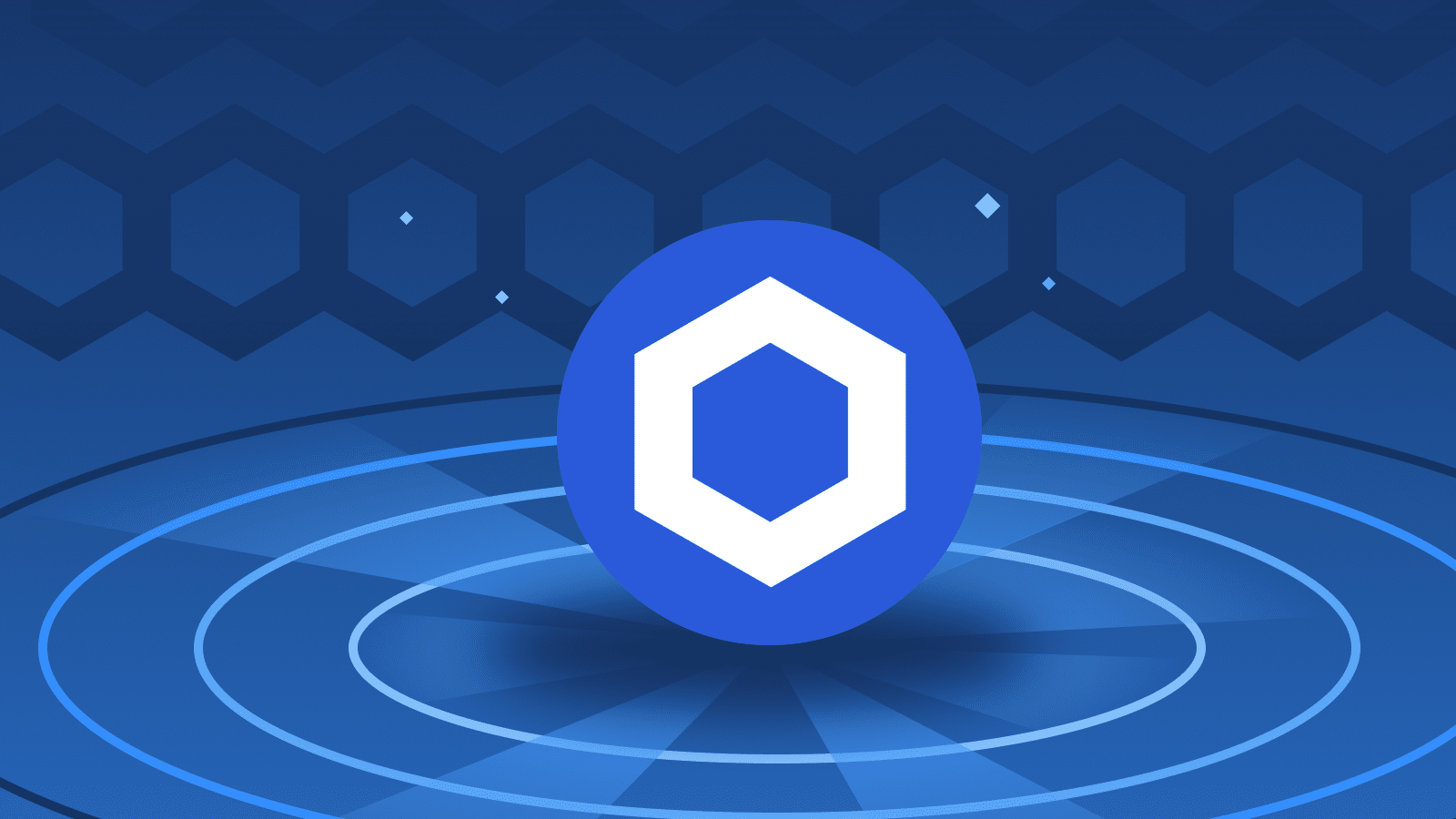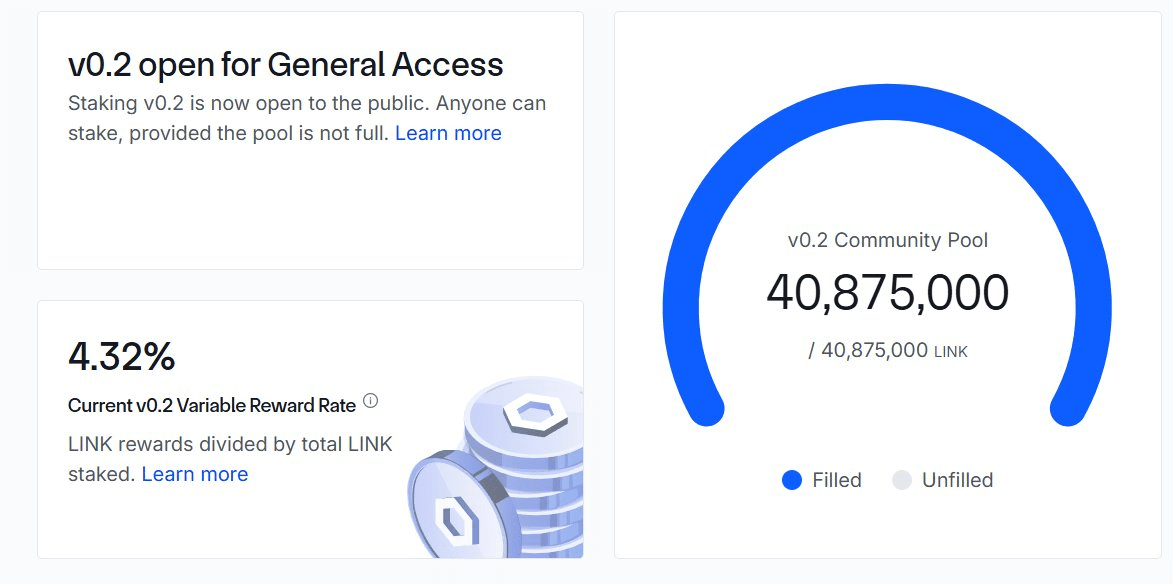Original text: Miles Deutscher, Crypto KOL
Compiled by: Yuliya, PANews
As RWA tokenization and institutional adoption become the core narrative of this bull market, Chainlink, as the key infrastructure connecting traditional finance with the digital world, is poised to become the biggest winner. Miles Deutscher points out that Chainlink is not just a project; its value capture mechanism creates a powerful 'flywheel effect'—the growth in network usage will directly translate into continuous buying pressure and value accumulation for $LINK tokens.
Notably, Chainlink's recently launched '$LINK Reserve' mechanism has allowed the market to witness the true driving force behind the 'flywheel effect'. This mechanism automatically converts and accumulates revenue from corporate partnerships and on-chain services into $LINK tokens, directly linking the network's fundamental growth with token value. Since the announcement, the price of $LINK tokens has increased by nearly 50%. Below is the original article, compiled by PANews.

$LINK may be one of the most obvious large-cap investment opportunities in this cycle, but most people may miss it. It is the biggest winner benefiting from the institutionalization of cryptocurrency and the explosive growth of stablecoins, tokenization, and RWA (real-world assets).
This bull market aligns closely with the narrative of Chainlink, primarily due to the following reasons:
Alignment of macro trends
The total locked amount of RWA has surged 13 times in the past two years, growing from about $1 billion to over $13 billion, becoming one of the strongest growth sectors in the crypto space.

Institutions have recognized that the traditional SWIFT system is slow and inefficient, unwilling to face the pain points of fragmented performance, and prefer to use a complete end-to-end platform. This is also why Wall Street giants like BlackRock actively promote asset tokenization, and why companies like Stripe (launching the Tempo chain) and Circle (launching ARC chain) are building their own blockchains.
In a fragmented, multi-chain landscape, a 'universal translator' is needed for interoperability, and Chainlink is providing this solution. Any tokenized stock, bond, or real estate needs an oracle to bring its value on-chain, and $LINK is the market leader, holding up to 84% of the Oracle market share on Ethereum, making it the core infrastructure of this multi-trillion dollar transformation.
It is currently difficult to predict which L1 public chain will prevail, especially in the context of many enterprise chains entering the market, and it is also uncertain which RWA application will stand out. However, it can be confirmed that Chainlink is powering all of this, becoming the most typical 'gold rush shovel' investment.
For a long time, the market has generally viewed XRP as the representative for institutional adoption, but in many respects, LINK has an even higher level of implementation in this field, and considering valuations, its upside potential is more attractive.
Data Comparison
XRPL DeFi TVL approximately $85 million
Total Value Secured (TVS) of Chainlink approximately $84.65 billion

Chainlink has over 1000 times more capital locked on-chain than XRPL, and its market share in the entire DeFi sector continues to grow, currently reaching 68%. Despite this, XRP's market cap is still about 12.1 times that of LINK, making LINK's value more attractive in the current price range.

Notably, besides Bitcoin and Ethereum, Chainlink is far ahead of any other protocol in terms of adoption in traditional finance (TradFi) and has been integrated by multiple TradFi giants, including:
SWIFT
DTCC (The Depository Trust & Clearing Corporation)
Euroclear
JPMorgan
Mastercard
Token Economics: Building the Value Flywheel
The value flow of the Chainlink network is primarily realized through the following ways, with two sources of income:

1. On-chain fees: When its services are used across different blockchain networks, on-chain fees are incurred. These fees are used to fund network operations and buy back $LINK tokens.
2. Corporate Partnerships: Reaching agreements with large companies and institutions like SWIFT or JPMorgan, which pay to integrate Chainlink's solutions. Some of the funds will go into the Chainlink reserve to support its long-term development.
Currently, the protocol automatically converts all revenue (including fees in $ETH or $USDC from private chains) into $LINK and deposits it into a strategic treasury.

In addition, the staking mechanism is also crucial. Users lock $LINK to secure the network and earn an approximately 4.32% sustainable annual yield. This creates a continuous supply contraction mechanism that removes tokens from the public market.
This creates a permanent, automated buyback mechanism that directly converts the network's adoption rate into buying pressure, forming a powerful value flywheel:

Adoption increases → Revenue rises → More $LINK is purchased and locked → Network security and resources enhanced → Utility improved
Technical Analysis and Summary

Technically speaking, $LINK has broken through the $20 weekly resistance level. This price point has been an important bull-bear pivot for many years, its significance is essentially equivalent to the $4000 level of ETH.
In summary, Chainlink's value can be understood as follows: If AWS, Azure, and GCP (the three major cloud service providers) were to spin off from their parent companies, their value would reach trillions of dollars. Chainlink is the foundational B2B infrastructure of the entire on-chain economy.



